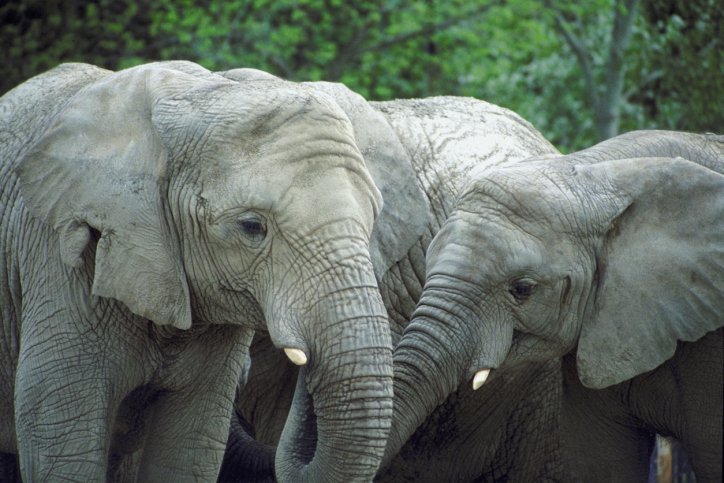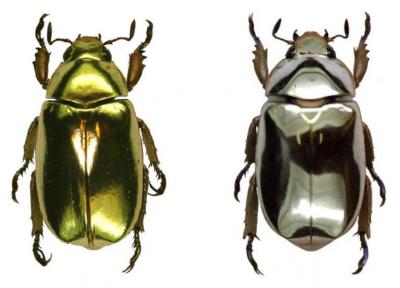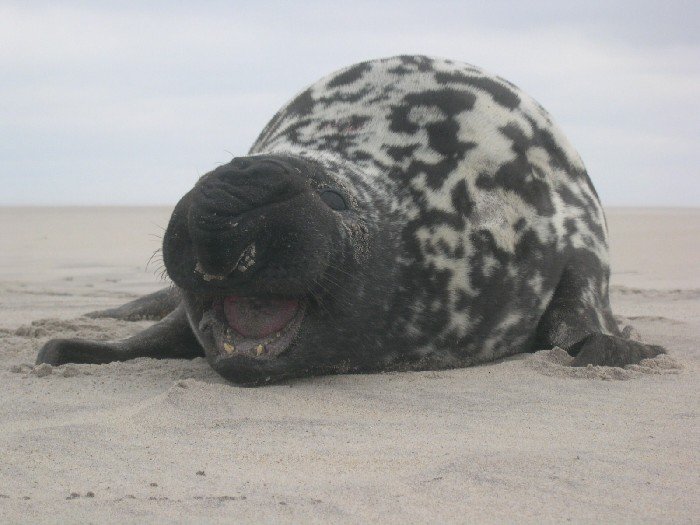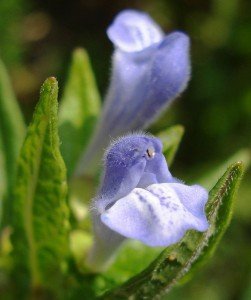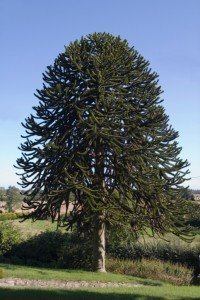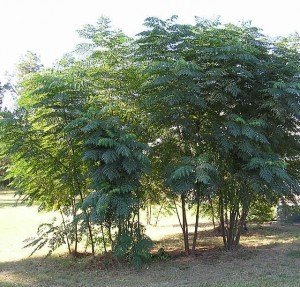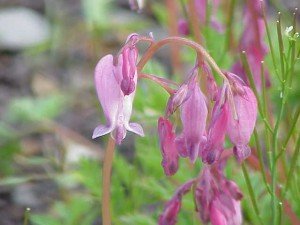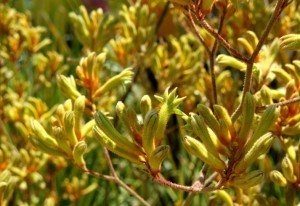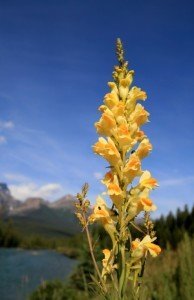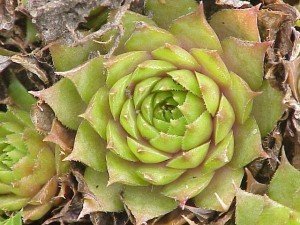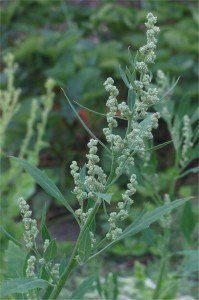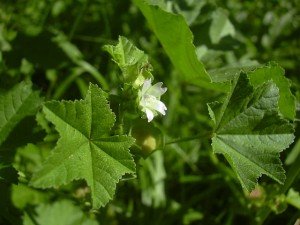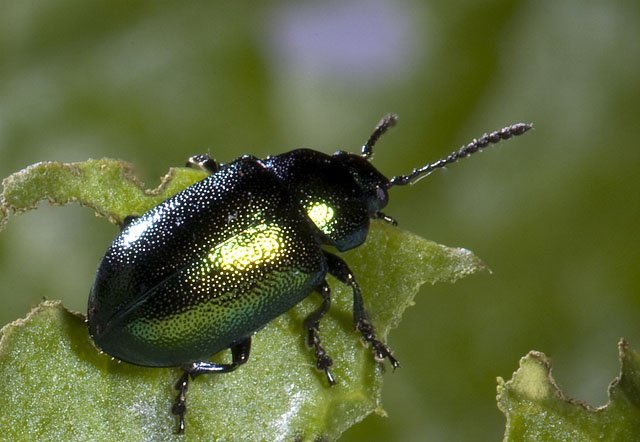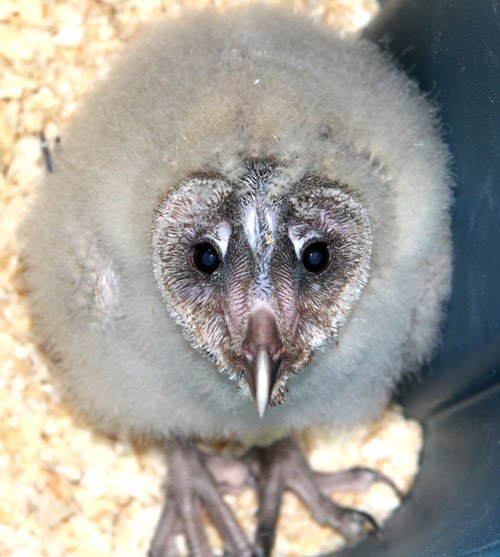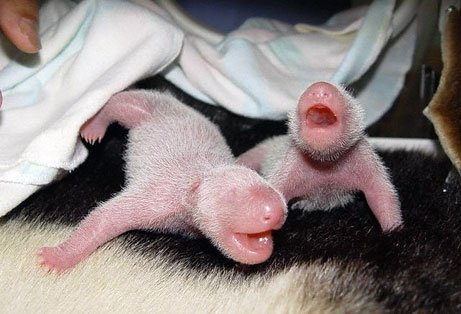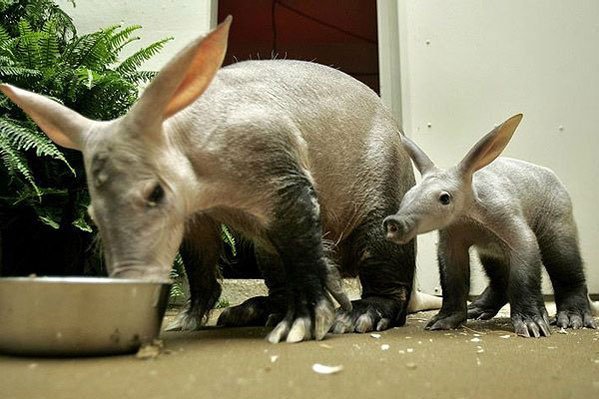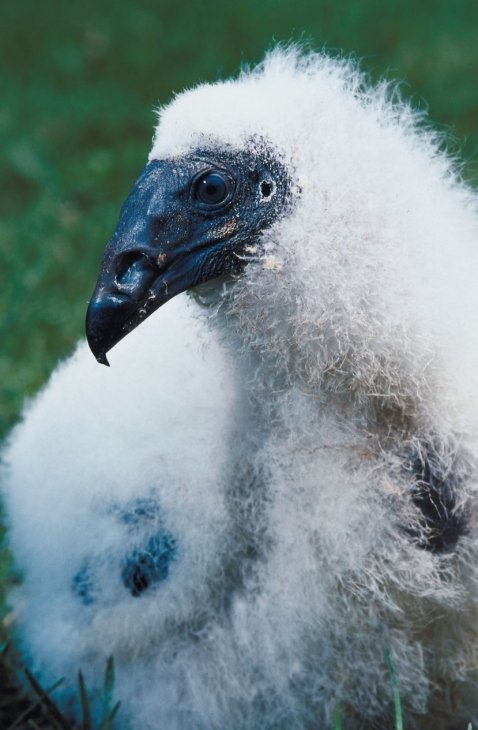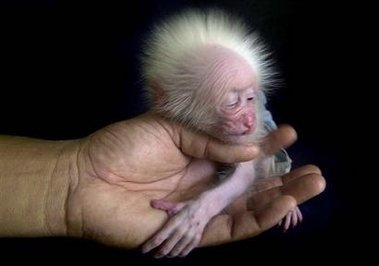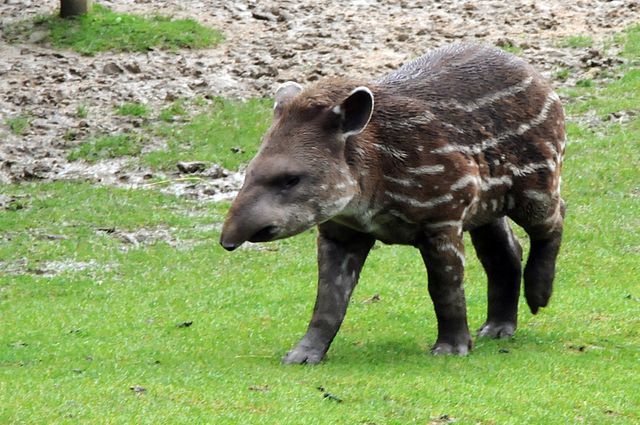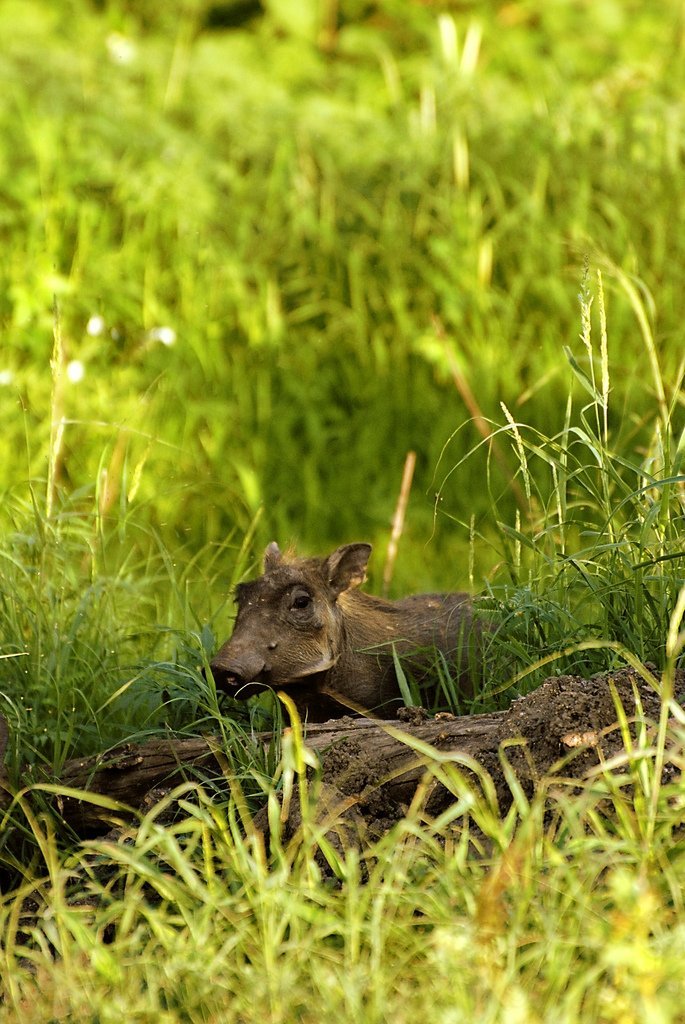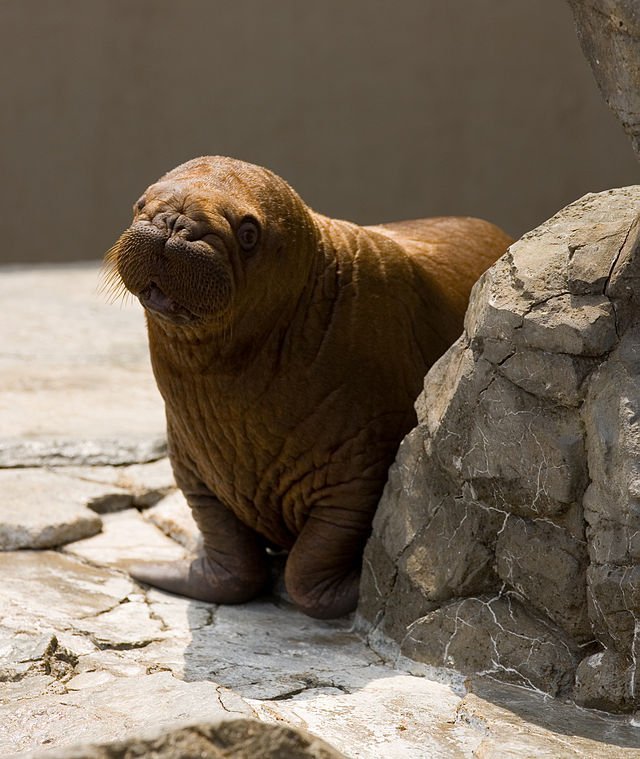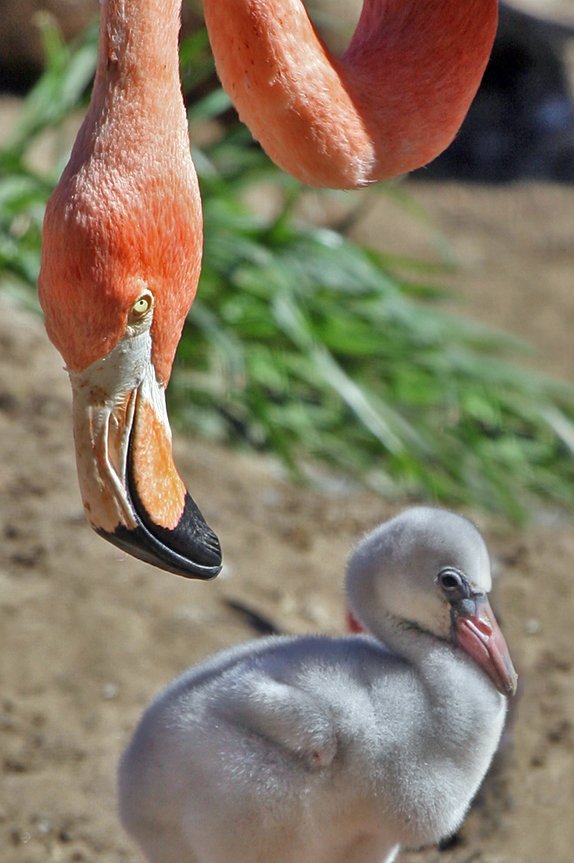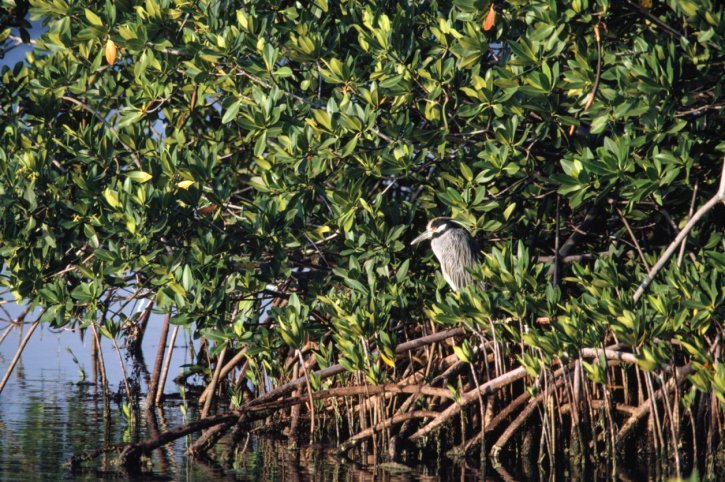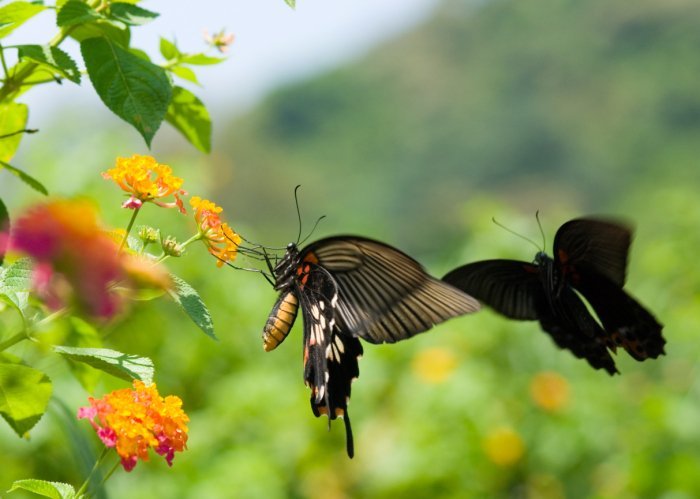If you decide to travel around the world, you will run into some pretty interesting plants. We have compiled a list some of the ones we think are the craziest looking.
#1 Dragon’s Blood Tree (Dracaena cinnabari)
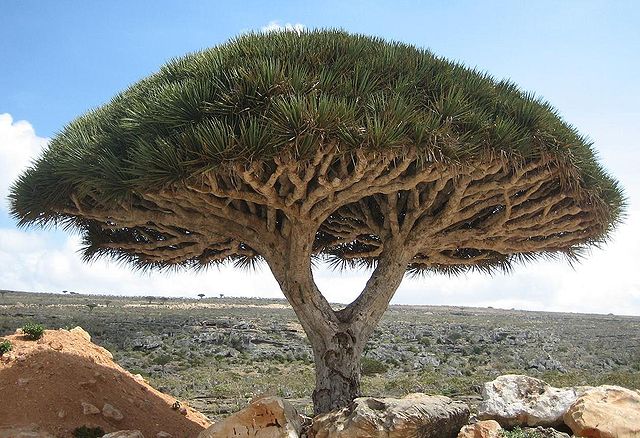
Where I’m from: The Island of Socotra, off the coast of Yemen in the Indian Ocean.
Foliage facts: This relative of the palm tree has leaves that can grow 60 cm long and 3 cm wide. This plant gets its name from the dark resin that it makes. This ‘dragon’s blood’ has been used since ancient times for medicine and dyes.
http://www.arkive.org/dragons-blood-tree/dracaena-cinnabari/
#2 Grandidier’s Baobab (Adansonia grandidieri)

Where I’m from: The Island of Madagascar, off the coast of Africa.
Foliage facts: The trunk of a Grandidier’s Baobab can grow up to 3 m across and 25 m tall. This tree gets its name from a 19th century French naturalist and explorer, Alfred Grandidier.
http://www.arkive.org/grandidiers-baobab/adansonia-grandidieri/#
#3 Banyan (Ficus benghalensis)
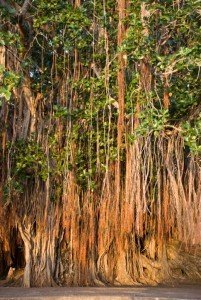
Where I’m from: Native to India and Pakistan
Foliage facts: Banyans are a type of strangling fig that grows on trees, eventually covering them completely. This fig has aerial roots (in the air) that can start new trunks and get as big as 200 m in diameter and 30 m tall.
http://www.kew.org/plants-fungi/Ficus-benghalensis.htm
#4 Talipot Palm (Corypha umbraculifera)
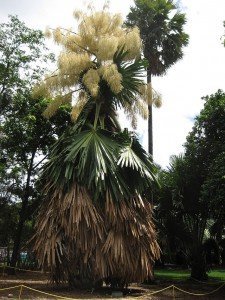
Where I’m from: Originally from India but it has been introduced to Sri Lanka.
Foliage facts: Talipot palms grow for 30-80 years patiently waiting then when they have enough energy they spring into action. The palm will grow a flowering stalk with a dull green fruit and over 20 million flowers that take about a year to mature then the plant will die.
http://www.iucnredlist.org/apps/redlist/details/38494/0
#5 Jackal Food (Hydnora Africana)
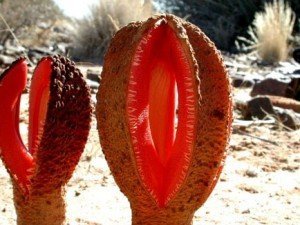
Where I’m from: Southern Africa
Foliage facts: This plant makes a bright orange or red flower but don’t get too close because it lets off a gross odor that it uses to attract insects, which help with pollination. Everything but the flower of this plant grows underground where it connects to other plants and feeds off of them.
http://www.plantzafrica.com/planthij/hydnorafric.htm
#6 Welwitschia (Welwitschia mirabilis)
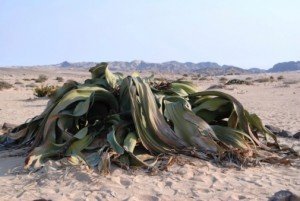
Where I’m from: Native to Namibia and Southern Angola (Africa)
Foliage facts: This unique plant grows two leaves when it’s young, keeping them throughout its crazy long life, an estimated 400-1500 years! Welwitschia lay on the ground (they only ever reach 500 mm in height) and over time they get tattered and torn.
http://www.plantzafrica.com/plantwxyz/welwitschia.htm
#7 Black Bat Flower or Devil Flower (Tacca Chantrieri)
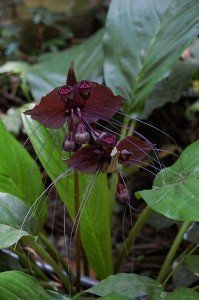
Where I’m from: South East Asia
Foliage facts: This plant produces around 25 flowers that are said to look like spooky bat wings. They also have heavy berries and long (25 cm) “whiskers” attached to the flowers that look like a forked tail.
#8 Sea Urchin or Baseball plant (Euphorbia obesa)
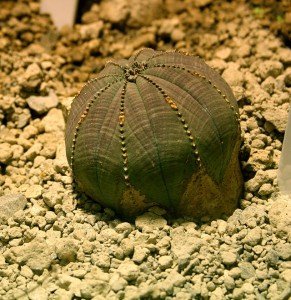
Where I’m from: Southern Africa, especially South Africa
Foliage facts: The Sea urchin is very rare in its natural setting but every year thousands are grown to sell. Make sure you are careful if you ever run into one, they make a milky subsistence that is poisonous!
http://www.plantzafrica.com/plantefg/euphorbobesa.htm
#9 Indian Lotus (Nelumbo nucifera)

Where I’m from: Warm-temperate to tropical regions of Asia and northeast Australia
Foliage facts: This lotus is a lot like a water lily, they both grow their roots in muddy shallow water with the leaves and flower floating on the surface. What makes the Indian lotus special is the thing in the centre that looks kinda like an ice-cream cone.
http://www.kew.org/plants-fungi/Nelumbo-nucifera.htm
#10 Velvet Bean (Mucuna pruriens)

Where I’m from: Originally from Southern Asia and Malaysia but it can now be found throughout the tropics
Foliage facts: This vine is a hearty grower reaching up to 6 m and over 10 m when it has things to climb. The Velvet bean also grows funky looking pods that are 10 to 12.5 cm in length, curved and covered with grey-white silky hair.
http://www.fao.org/ag/AGP/AGPC/doc/Gbase/data/pf000054.htm



